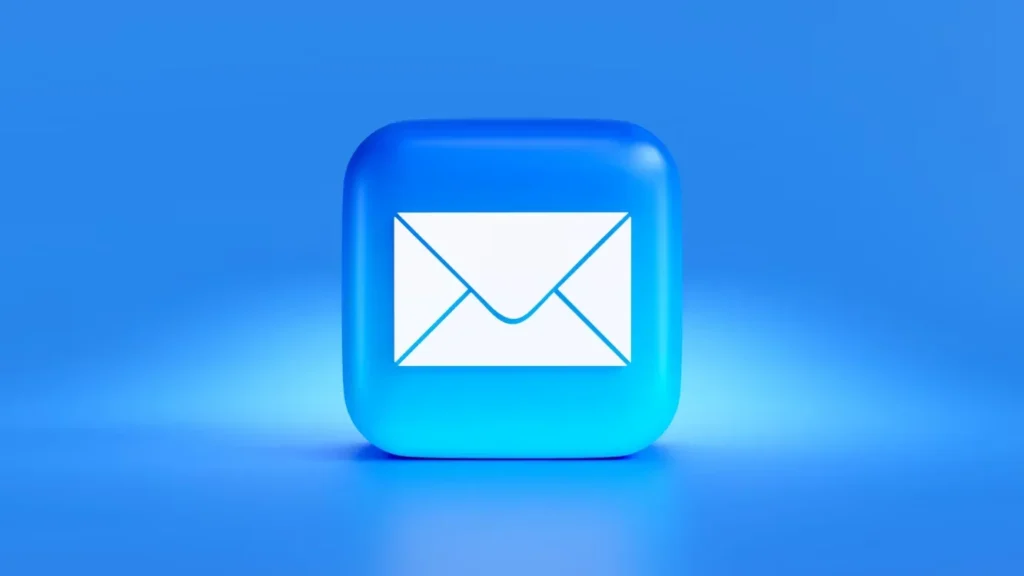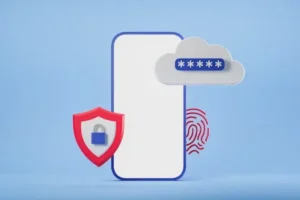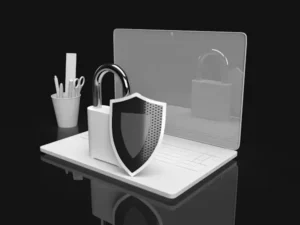Disclaimer: This article is for informational purposes only and does not constitute professional cybersecurity or business advice. Always consult with a qualified expert before making decisions related to your company’s data security.
The Internet has evolved significantly, and along with it, there’s been a rise in collaboration platforms and messaging applications available for professional communication. And yet, email remains at the top, requiring fewer resources compared to traditional methods, delivering broader reach, and a higher ROI.
However, while effective, email is also the primary entry point for cyberattacks, with malicious actors exploiting human error through increasingly sophisticated tactics to steal credentials and commit fraud, resulting in data breaches, financial losses, and reputational damage. Given these dire consequences, it is clear how important it is for companies to be proactive and protect themselves against such threats. These methods are cost-effective, straightforward, and provide immediate benefits, making them worthwhile in preventing cybercriminals from gaining access to critical data.
What are the most common email security threats?
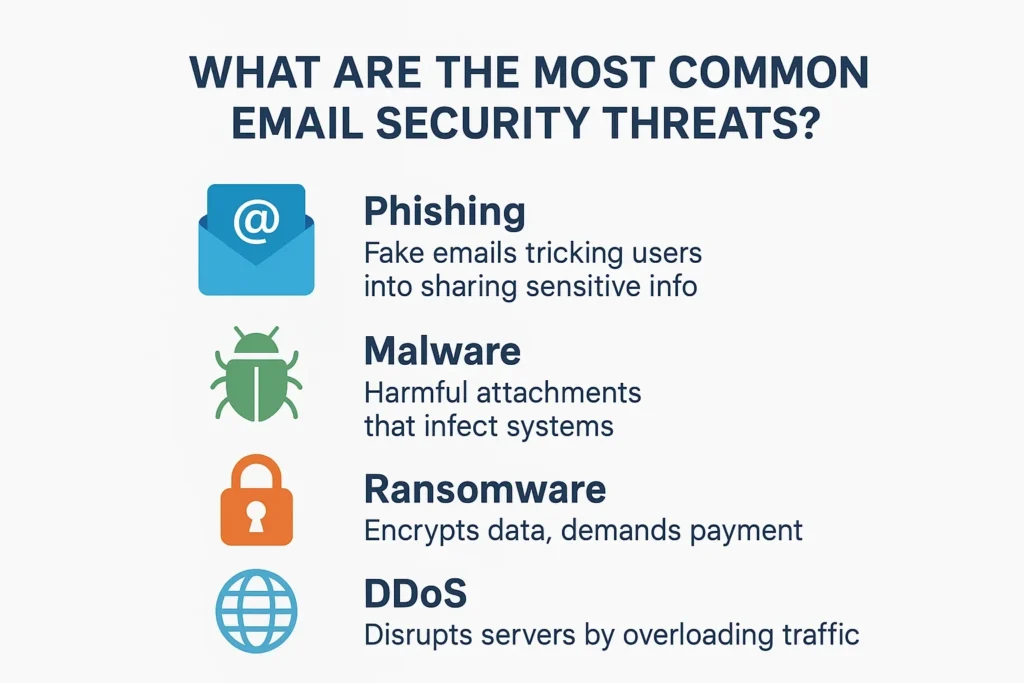
Before diving into the best ways to protect your business against email threats, it’s important first to understand what these threats are:
- Malware is among the most common types, which arrive via email in the form of a link or attachment that includes trojans, viruses, and spyware, compromising the system’s integrity once activated.
- Ransomware is delivered via phishing emails and encrypts critical files, requiring a payment to restore access to them. Their impact can be significant, halting business operations while also causing massive financial losses.
- Phishing is essentially a tactic in which malicious actors create emails that appear legitimate and trick recipients into sharing sensitive information, such as financial data or login credentials.
- DDoS attacks, short for Distributed Denial-of-Service attacks, target email servers and can disrupt daily operations and communication by flooding a system with malicious traffic.
What are the best practices for email security?
While cybercriminals employ different tactics to gain access to your firm’s data, the good news is that being proactive allows you to protect the future of your company. Here are some steps you could take to prevent threats that could hurt the bottom line of your organization:
Create robust passwords
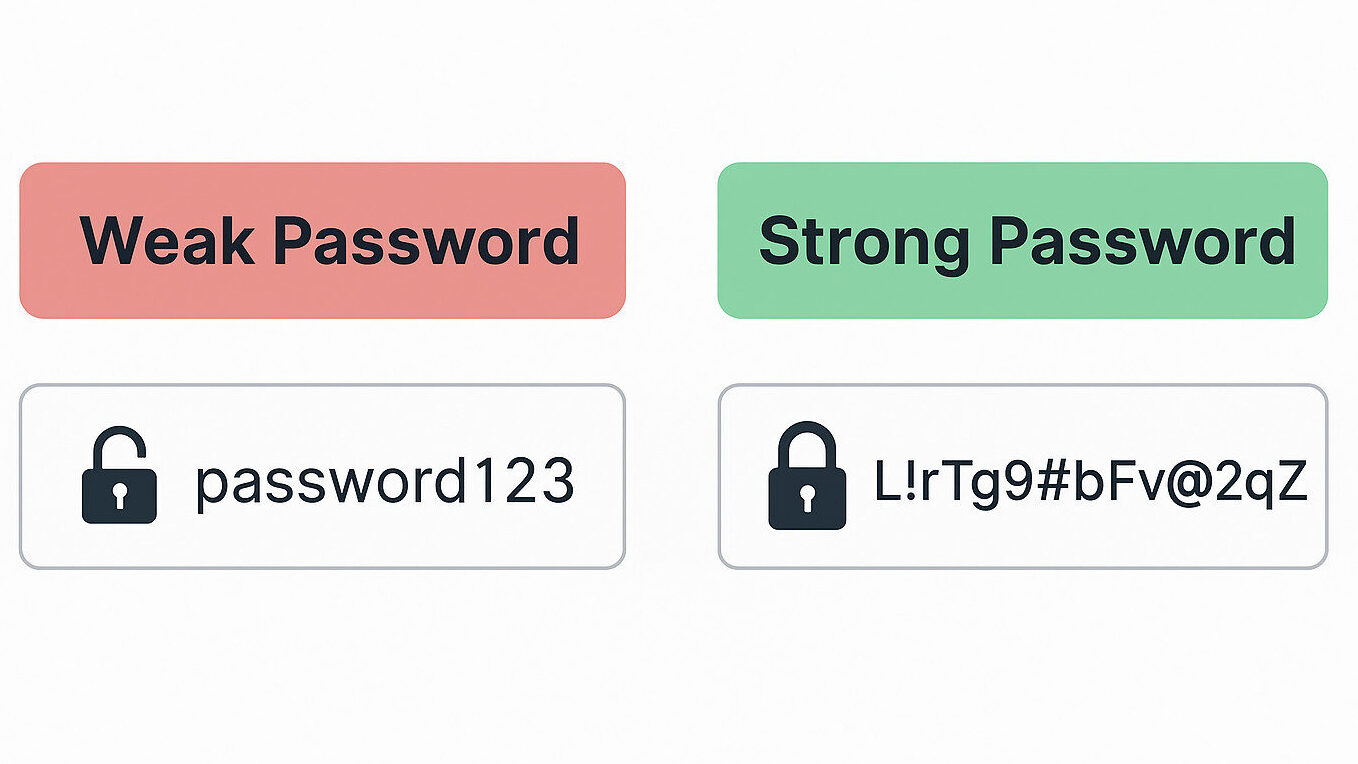
Passwords are the first line of defense against cyberattacks, but they only protect if they are strong enough. Weak or reused passwords can be easily guessed by cybercriminals, allowing them to access any sensitive data from your company. To avoid this, it’s essential to create passwords that are complex and long, incorporating a combination of numbers, letters, and symbols.
To ensure the security of passwords, it’s essential to train employees not to use easily guessable information such as dates or names. Furthermore, using a password manager can be very helpful because it generates complex passwords and stores them securely, thereby reducing the risk of compromise across different systems.
Enable 2FA
2FA, or two-factor authentication, adds an extra layer of protection to your firm’s data, as it requires an additional form of verification, such as an app notification or a text code, in addition to a password. This means even if a malicious actor steals your password, it won’t be possible for them to gain access to your email without the second factor.
Without 2FA, hackers could steal your data or launch other attacks, but if you set it up, this extra step can dramatically reduce the risk of unauthorized access.
Use email encryption
Email encryption is an excellent protection for your organization, as it ensures that messages are readable only by the intended recipient, thereby safeguarding sensitive information during transmission. This is particularly important for confidential business communications.
To set up email encryption, begin by enabling encryption in your email client. Most platforms (such as Google) provide this option. However, if you want to benefit from advanced encryption, it’s a good idea to create a free business email by using a reputable service instead. It’s also essential to ensure that both parties have encryption enabled so that it works effectively.
Invest in security software
Security software is essential for safeguarding your organization’s systems against data breaches. However, given the overwhelming nature of the security software market, it can be challenging for buyers to determine which solution best meets their needs. Ultimately, the software you choose for your business should complement your current email provider, enhancing its security features without complicating the workflow.
Seek out solutions that provide an extra layer of protection against email threats and integrate seamlessly, while also maintaining ease of use. When chosen carefully, security software can considerably strengthen your defenses against digital threats.
Don’t ignore email security protocols.
Email protection protocols, such as Sender Policy Framework and DomainKeys Identified Mail, are crucial in protecting emails from threats like phishing and spoofing. The latter adds a digital signature to continuous emails, allowing the recipient’s server to verify the sender’s identity. As a result, they can verify that the message hasn’t been tampered with, ensuring data protection.
The Sender Policy Framework is equally crucial because it prevents unauthorized use, as it specifies which servers are authorized to send emails on behalf of your domain. Implementing these protocols is an effective way to bolster trust in your communications and improve your email protection.
Train employees on email protection
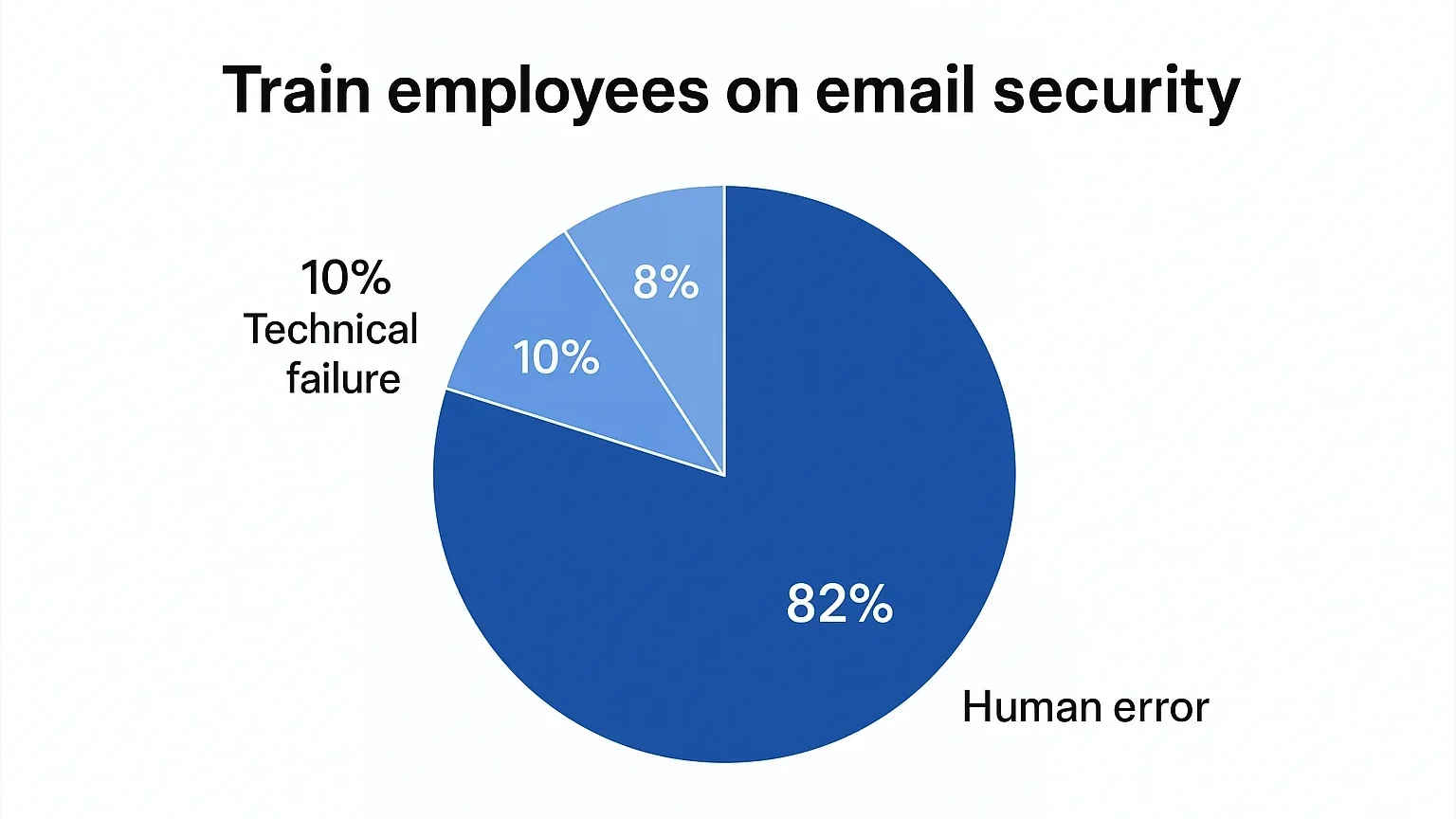
Human error is the weakest link in cybersecurity, which is why it’s essential to tackle it by training employees on secure email practices. These trainings can raise awareness about potential threats, such as suspicious attachments or phishing emails, and empower team members to respond adequately.
When conducting the training sessions, the focus should be on identifying red flags in emails and handling sensitive data securely. Please encourage them to communicate openly about security concerns and make an effort to build a culture of vigilance in your company, as this will decrease the risk of costly mistakes that will compromise the security of your emails.
The bottom line
While email is the backbone of modern business communication, it is also one of the most significant vulnerabilities in today’s digital world. By understanding the most common risks and taking steps to prevent them, you can avoid falling victim to cyberattacks and position your business for long-term success, protecting its reputation. In a world where cyber threats continue to become increasingly sophisticated, prioritizing email security is no longer optional; it is an essential step toward building a more resilient organization.






